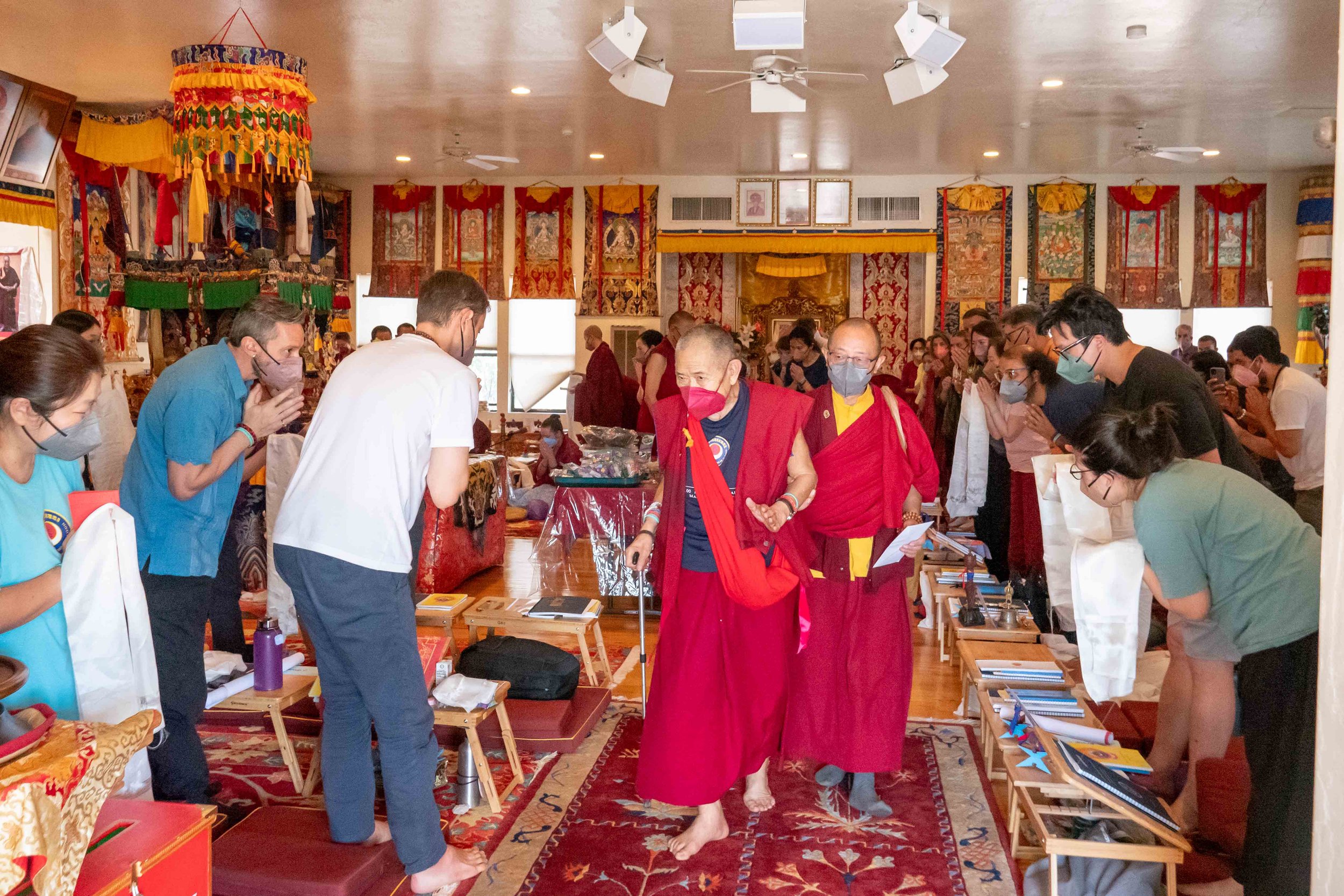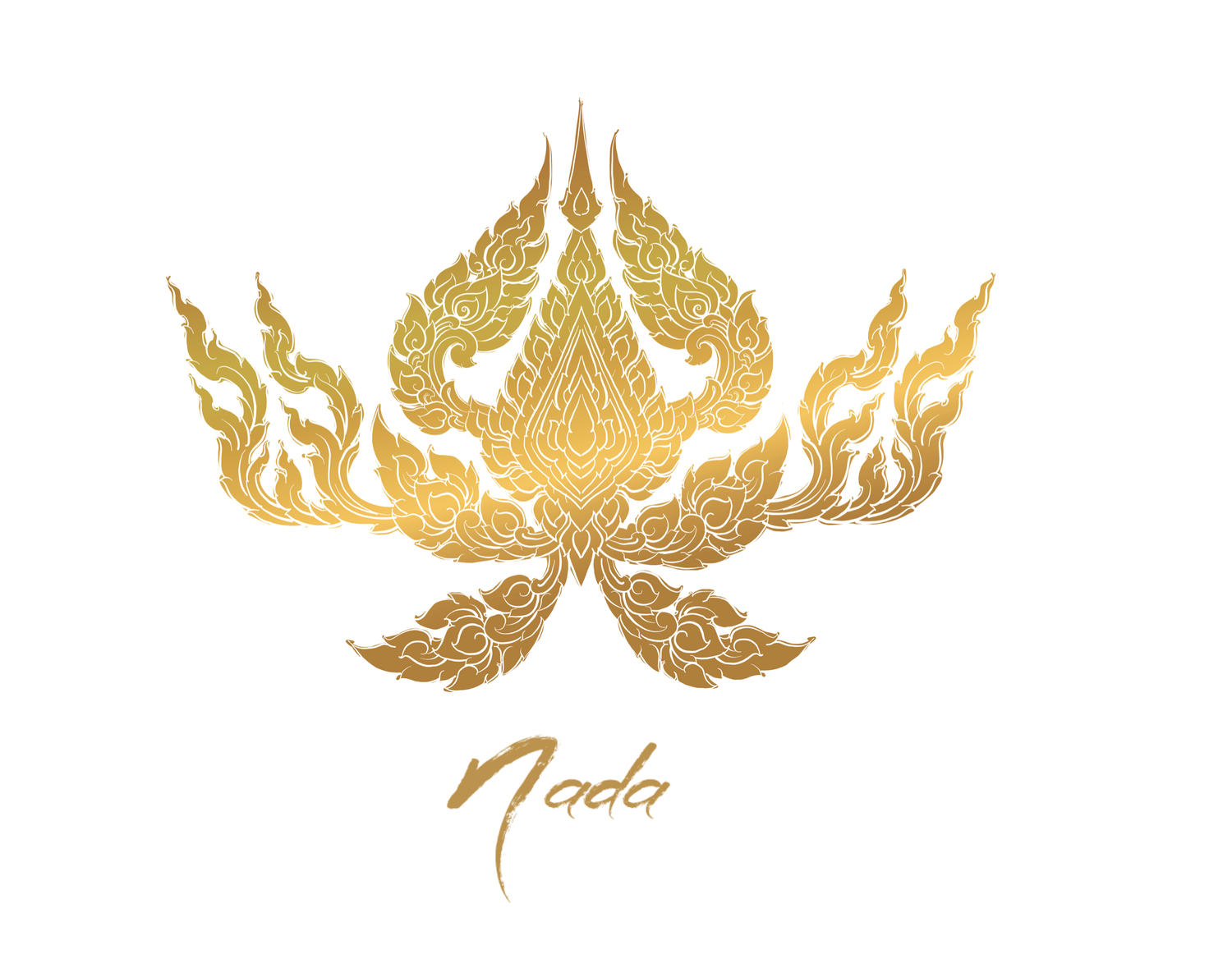
Vajrakilaya Drupchen: Chanting for World Peace

-

Lama Garchen
Lama Garchen Rinpoche, born in 1936 in Tibet, is a renowned Tibetan Buddhist lama and a key figure in the Gelug tradition. His early life was marked by rigorous monastic training and deep spiritual practice. He was recognized as a reincarnate lama and spent years studying under prominent teachers, including the 13th Dalai Lama.
In the 1950s, during the Chinese invasion of Tibet, he faced persecution and imprisonment for his beliefs. After his release, he escaped to India, where he continued his teachings and played a vital role in preserving Tibetan Buddhism. He later moved to the United States and established centers to spread the teachings of compassion and wisdom.
Lama Garchen Rinpoche is celebrated for his commitment to the practice of the Bodhisattva path, emphasizing compassion and altruism. He has taught extensively around the world, inspiring many with his deep understanding of Buddhist philosophy and practice. Today, he is recognized as a living master, continuing to guide students on their spiritual journeys.
You can learn more about his life through this documentary.
-

Drupchen
A Drupchen is a Tibetan Buddhist practice that involves a large group retreat or ceremonial event focused on intensive meditation and ritual. It typically lasts ten days and is centered around a specific deity or text, often involving practices like mantra recitation, visualizations, and other forms of devotion.
During a Drupchen, participants engage in continuous chanting and meditation for 24 hours a day by taking shifts, creating a powerful collective energy that enhances the spiritual experience. This practice aims to deepen practitioners' connection to the teachings, purify negative karma, and cultivate compassion and wisdom. Drupchen events often culminate in a ceremonial offering or celebration, reinforcing the community aspect of the practice.
-

Mandala
Tibetan mandala practice is a significant aspect of Tibetan Buddhism, involving the use of mandalas—sacred geometric designs representing the universe and spiritual realms. Here are key points about the practice:
Symbolism: Mandalas symbolize the cosmos, embodying both the external universe and the internal spiritual journey. They often include deities, elements, and structures that represent various aspects of enlightenment.
Types of Mandalas: There are two main types—sand mandalas, which are created from colored sand and then dismantled as a symbol of impermanence, and drawn or painted mandalas, which are used for meditation and visualization.
Meditation: Practitioners use mandalas as focal points for meditation. Visualization practices involve imagining oneself within the mandala, engaging with the deities, and experiencing the teachings embodied in the design.
Rituals: Mandalas are integral to many rituals, such as initiations (empowerments) and ceremonies. They can be used to create sacred space and invite spiritual energies.
Creation Process: The process of creating a sand mandala is a meditative practice in itself, often performed by a group of monks. Each grain of sand is placed with intention, and the creation serves as a form of devotion.
Impermanence: The dismantling of sand mandalas serves as a profound teaching on the nature of impermanence, illustrating that all things are transient and encouraging practitioners to cultivate a non-attachment mindset.
Through mandala practice, practitioners aim to deepen their understanding of the nature of reality, cultivate compassion, and progress on their spiritual path.

